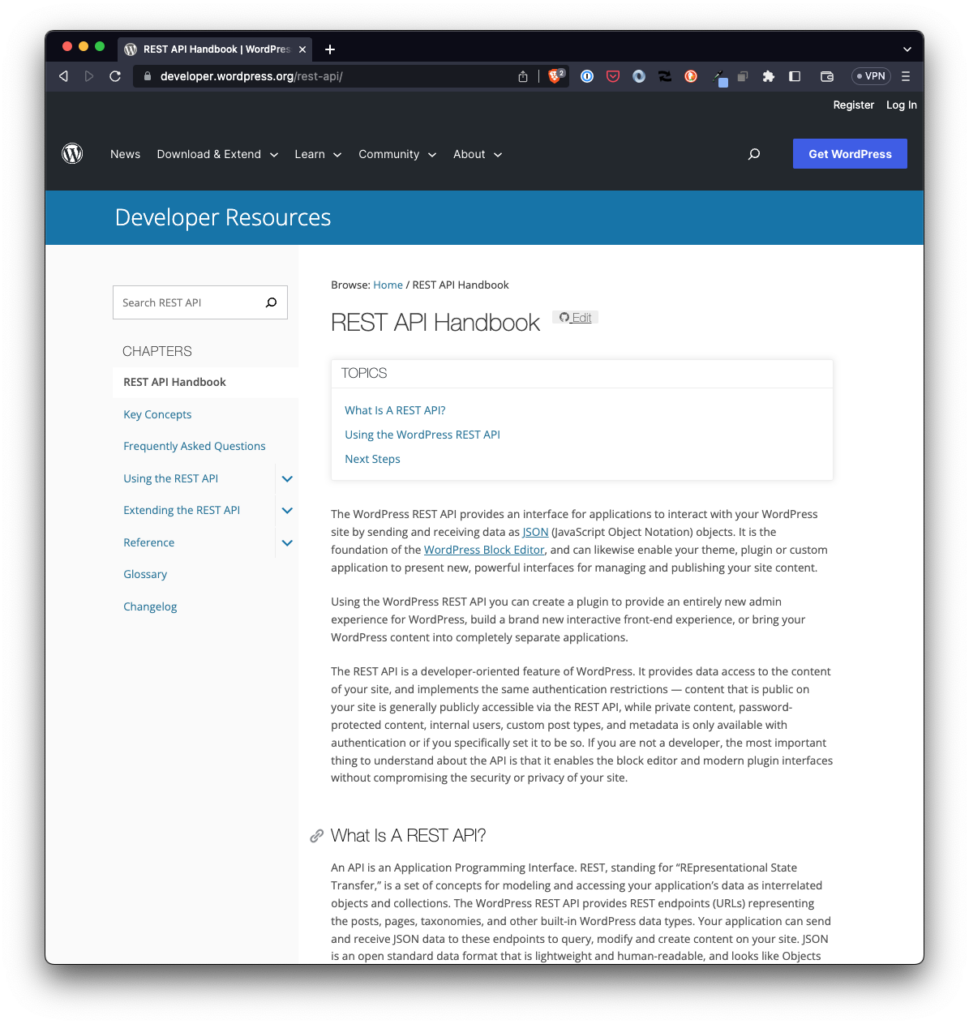Last year, I wrote the first type of article that I’ve written in a very long time (if ever) given the amount of time that I’ve been writing. The Most Useful (or Popular) Articles from 2022.
There was generally derived from analytics data but also I used light engagement metrics via X/Twitter, LinkedIn, and even email to determine what were considered the most useful (or popular) posts.

And given that we’re nearing the end of 2023, I thought I’d do the same this year. So, in keeping with the previous trend, here are the most useful (or popular) articles from 2023.
2023: Most Useful Articles
- The Architecture Astronauts of WordPress. Solving the problem is what’s useful. How you solve it is useful, too, but the architecture can be secondary to how it’s solved.
- How To Import Programmatically Defined ACF Data. In this post, I’m going to cover how to import a programmatically defined ACF group. And in the next post, I’ll talk about solutions for migrating data into its own table.
- How to Run Custom Functionality Once in Multiple Plugins. What’s a way to check to see if a file is already running in the context of another plugin before running it’s code?
- Manipulate Incoming WordPress REST API Requests. Note the
rest_pre_dispatchhook is triggered before the REST API request is processed by WordPress. This hook allows us to intercept the incoming request and manipulate it in whatever way we need. - How To Build Headless WordPress Applications with a REST API. I have a set of tools that I’ve found and consistently use when building headless WordPress applications with a REST API.
- ChatGPT Wrecked Our Type of Content. When you’re someone who enjoys writing about technical concepts for yourself and others, the ultimate goal isn’t to show someone how to quickly do something. More so, it’s to show how to approach problem solving in the abstract and to understand the tradeoffs of various solutions.
- The Term ‘WordPress Adjacent’ Should Be More Precise. First because I believe it’s important for us to be able to clearly define about what we’re talking and how it relates to WordPress. And secondly, so that our audience can follow it.
- You Rarely Get Greenfield Projects (Or Do You?). If courses teach you’ll be building more greenfield projects than not, I’d be hesitant to consider it a well-rounded education in software development.
- Thoughts on the Upcoming WordPress Admin Redesign. There’s likely going to be some friction – as is the case to come with any major updates – but I’m optimistic that we’ve learned a lot from how Gutenberg was initially developed and rolled out and I hope to see others work even more closely with the administration experience to make the transition easier both for developers and users.
For the last few years, I’ve claimed that I want to write more than the year before and get back to how much I was writing in a few years prior. Truth is, I don’t know if this is possible given how much has changed since this. Work is different, life is different, and the way my day-to-day is structured is different.
It’s all great, but it’s different.
Regardless, I still urge everyone with a blog to continue doing the same and then syndicating out to the web. It helps surfacing your content in search engines, on social media – be it X/Twitter, LinkedIn, Facebook, whatever, – and on RSS (which is still my personal favorite).
Anyway, these are the posts for this year. On to 2024.




